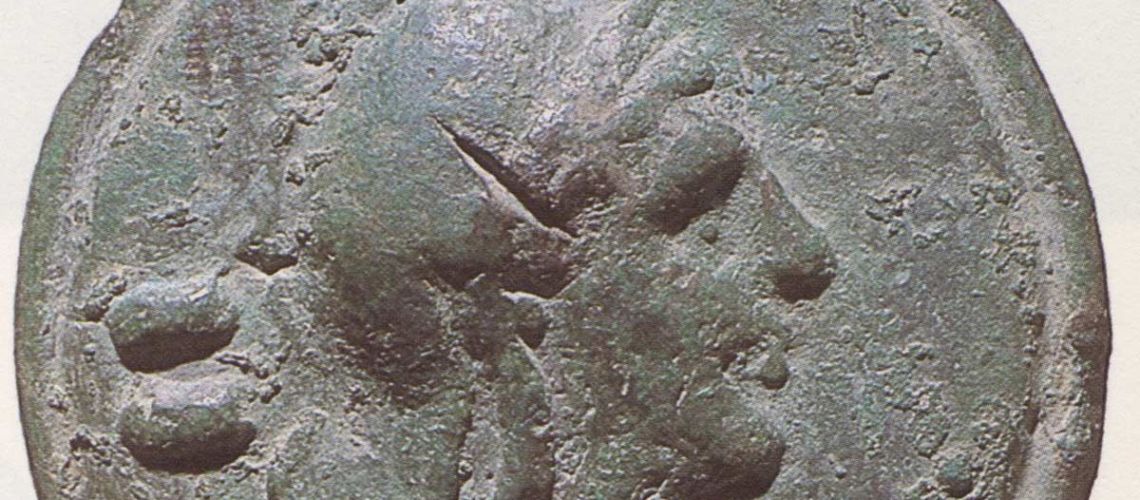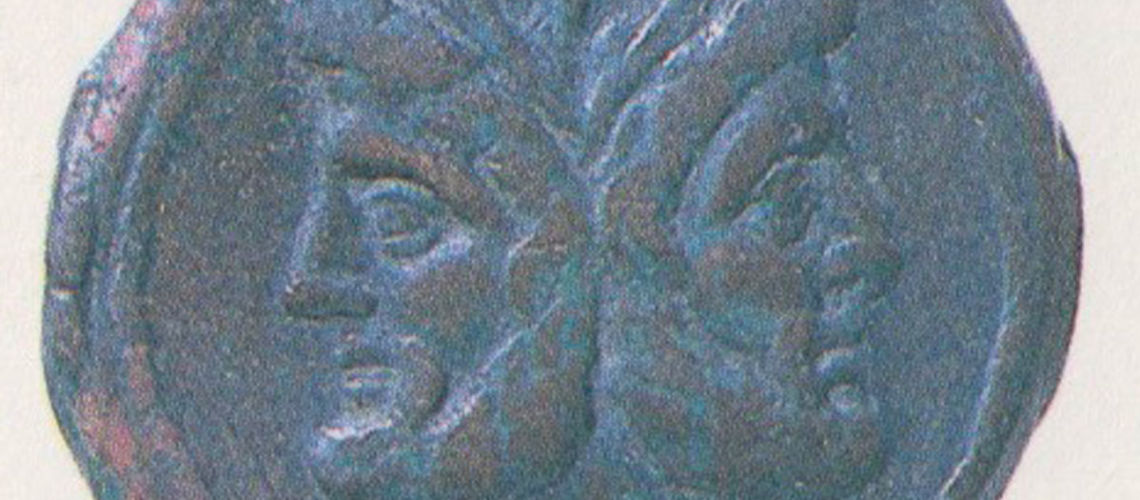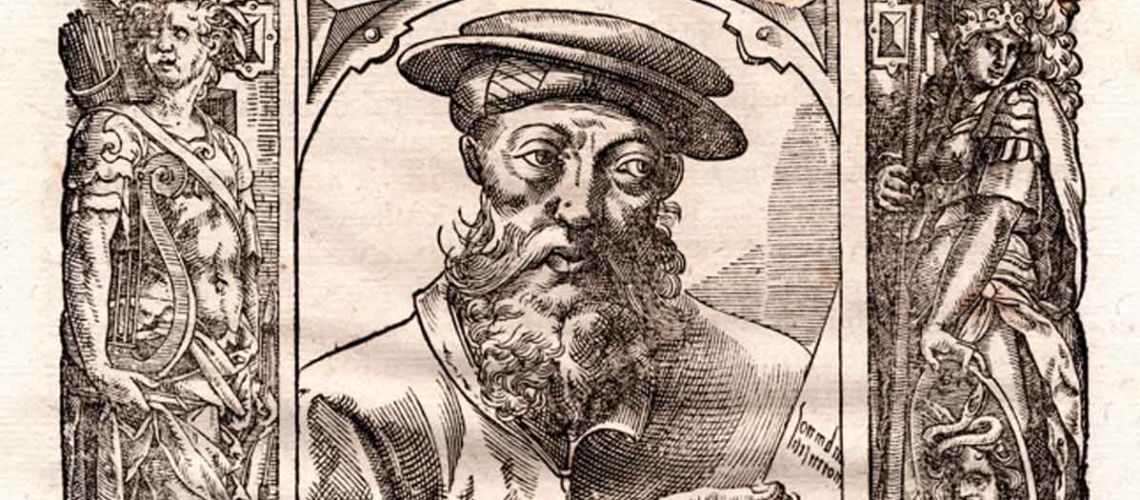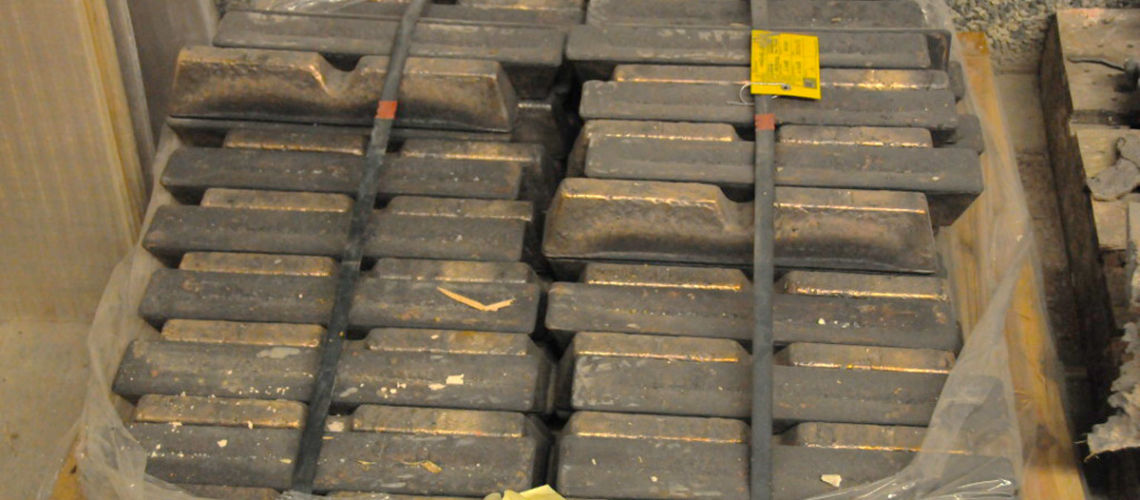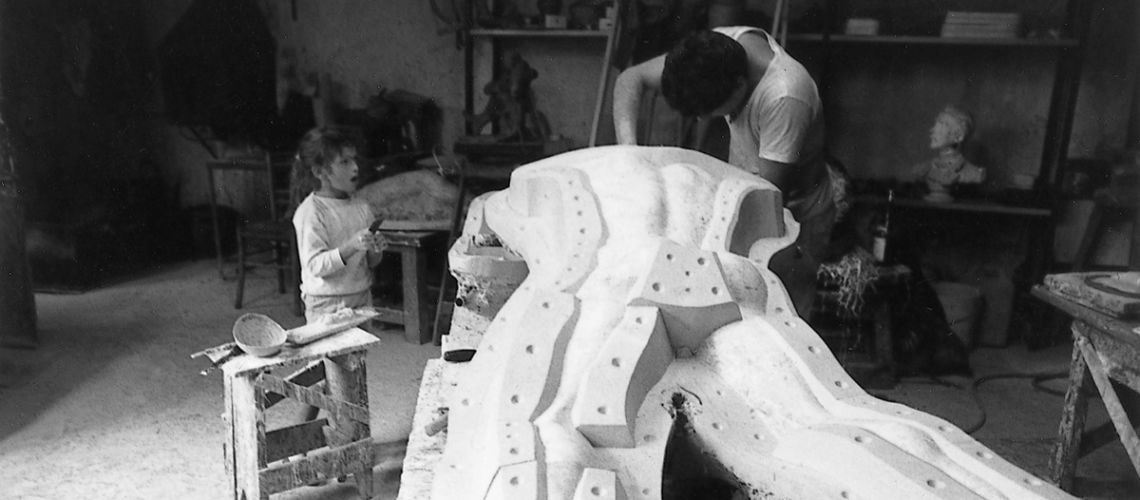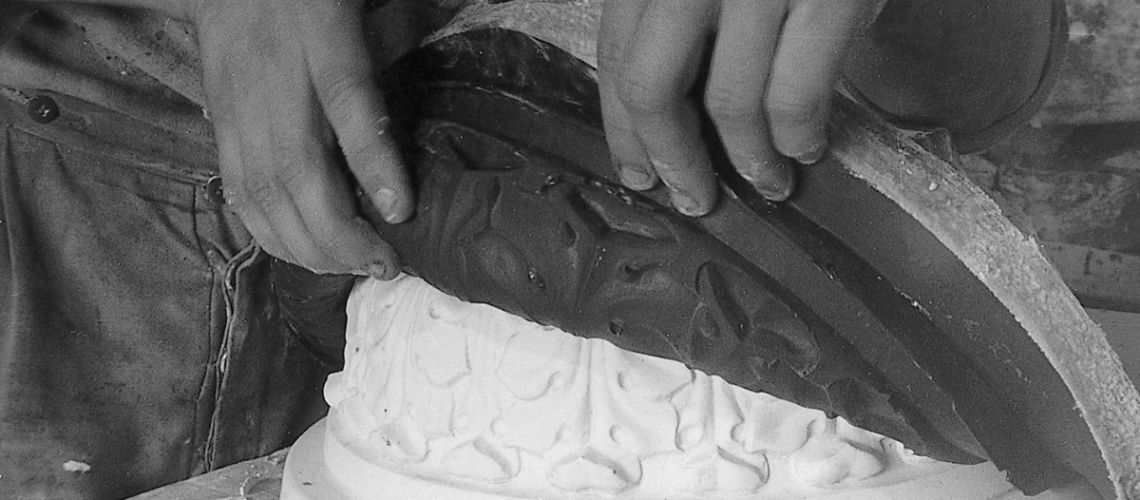The art of Lost Wax Casting
Part 1
The realization of bronze sculptures during ancient times has always been more complex and expensive than that of marble or stone sculptures. Bronze is a metal alloy whose components have been difficult to find in the past, therefore expensive. The Romans considered bronze to be precious and noble, so much so that it was used to cast coins
IV century B.C.
and mint them.
III century B.C.
And also the casting technique was complex, expensive and had high risks of bad success. Widely used in classical times (in ancient Greece there were foundries of semi-serial production), in the Middle Ages bronze sculpture became very rare. It was not until the early Renaissance that works of art through lost wax bronze casting began to be produced, a production that continued to this day.
Bronze is an alloy that is obtained by combining copper and tin in different percentages depending on the characteristics that the metal must have (the alloy obtained from copper and zinc is brass instead). While in the various eras the technique of lost wax casting has remained almost unchanged, for the alloy, that is for the percentages of copper and tin, many tests have been done, in some cases also with the addition in small quantities of other metals, to improve its smoothness during the casting or the mechanical characteristics: alloys for cannons (the bombarda alloy), the alloy for bells, and the statuary alloy used since the late Renaissance for sculptures and coin minting. Biringuccio, in the mid-sixteenth century,
recommends for casting figures a bronze with the percentage of tin variable from 7.4 to 10.7. In the Ferdinando Marinelli Artistic Foundry the bronze Bz 90/10 is used, in which the percentage of tin is 10%
For the lost wax technique a lot of experience is needed: especially in the past mistakes in the composition of the refractory material, in the cooking of the forms, in the temperature in which the bronze was poured, could compromise the casting.
In the technique of lost-wax casting, materials, tools and machinery, have remained the same since the Renaissance till the mid-1900s. Only after this date some materials and some equipment have changed slightly to make the work of the foundry artisans safer and less tiring. But the technique remained exactly the same, linked to the hands of the craftsman.
(The black and white images refer to the Ferdinando Marinelli Foundry in the 1950s). The first phase of this technique is the execution of a negative mould over the sculptural work to be reproduced in bronze, such as a clay sculpture.
Getting a negative mold for an all-round sculpture with many undercuts creates difficulties; in antiquity it was used the molding with dowels where the mould was made in many small pieces of plaster called dowels, each detachable and extractable from the sculpture, parts held together by an external counter-shell also in plaster called motherform.
From the Renaissance, it began to be used an elastic substance obtained from animal glue mixed with fat, melted in a bain-marie and applied with a brush on the surface of the sculpture; this glue, as it cools, becomes hard but remains rather elastic and flexible, allowing the detachment from the sculpture even in cases of undercuts.

